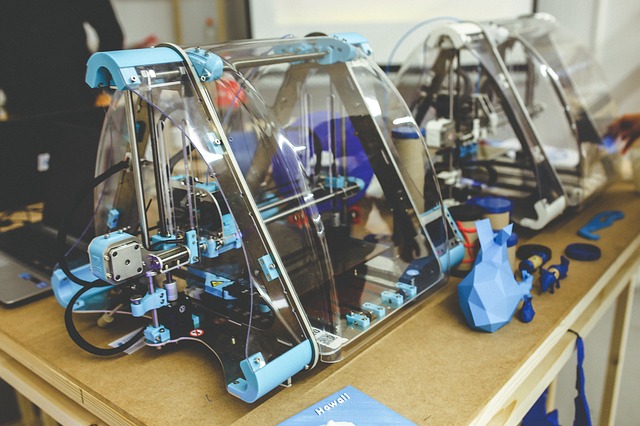
First, we had printing and then three-dimensional printers, but what is bioprinting? It is actually a type of 3D printing, but it uses biological materials as its ink. The result is a 3D biological structure, similar to what could be found in a cell or an organ.
The Current Bioprinting Landscape
Right now, scientists are able to apply bioprinting to different types of cells, such as endothelial (blood vessel) cells, muscle cells, and stem cells. There are many potential applications for this. One example is using a bioprinted cell as a way to speed up the repair process of the heart after a heart attack. Another example is using these cells to help repair wounds in the skin or tears in muscles.
The Bioprinting Process
To start, scientists use a preprocessed 3D model to show what the finished biological product will look like. This model is then used as a basis for the actual printing, which involves stacking layers of materials on top of each other to create a 3D product. The final step is to work on the printed material so that it functions properly. This might include a process such as placing it in a specialized chamber so it can mature.
The Future of Bioprinting
While 3D printing is still a medical marvel, researchers are delving into 4D printing processes. This involves adding the fourth dimension of time into the mix. The medical application here is that bioprinted cells and organs can change over time, just as actual biological material does.
Right now, however, scientists need to figure out how to prevent printed biological structures from folding in on themselves and losing their shape over time. While bioprinting can replicate the structure of some biological material, it can’t always match the precise arrangement within the cells, and, therefore, more study is required.